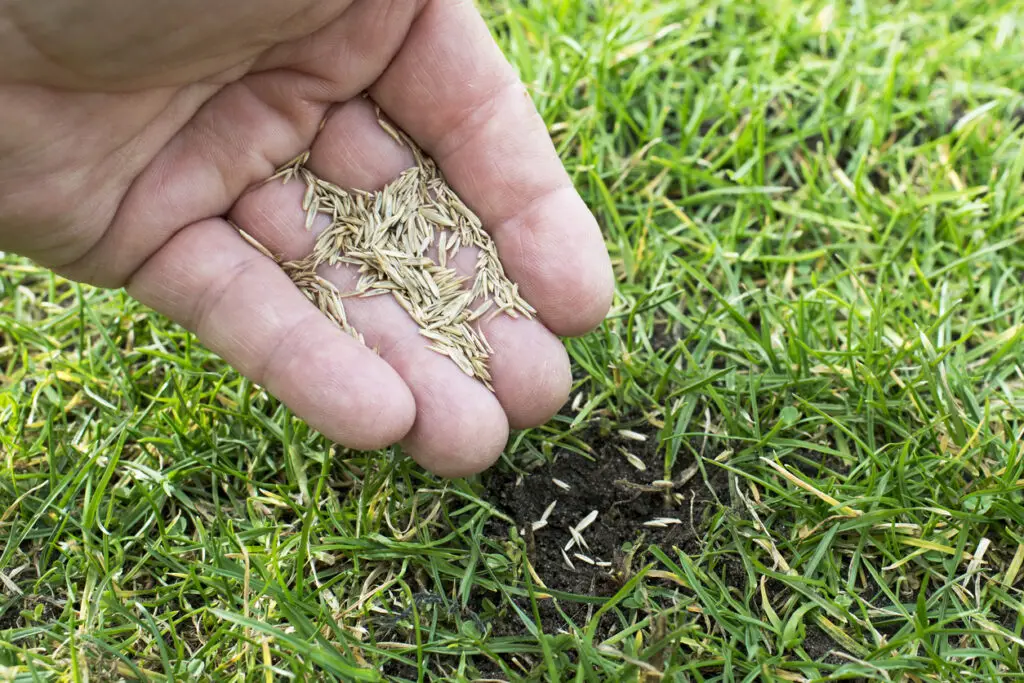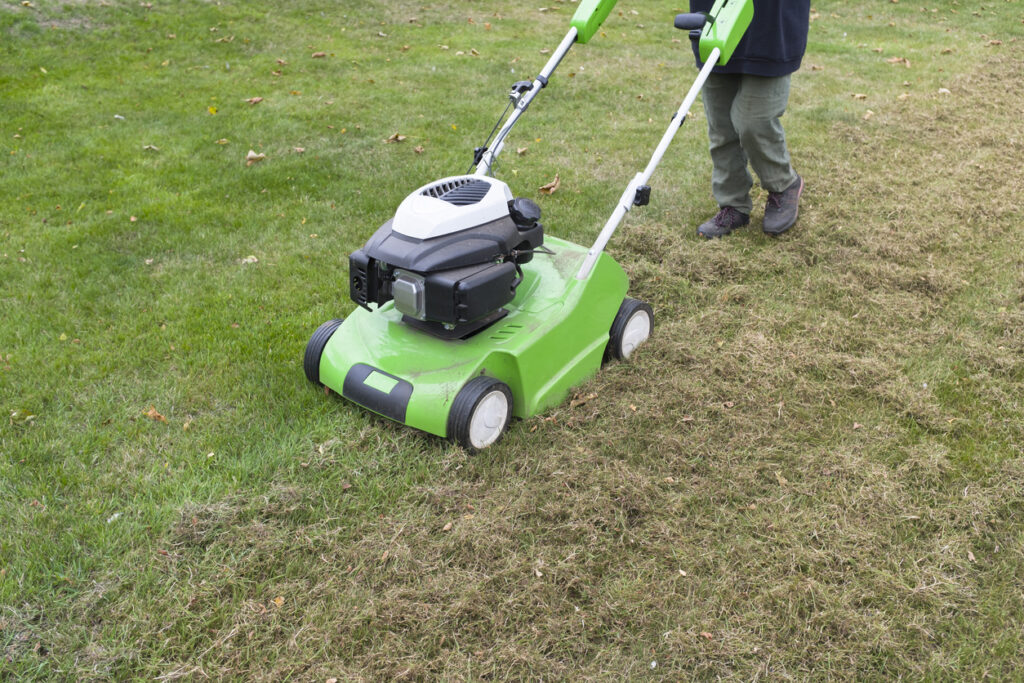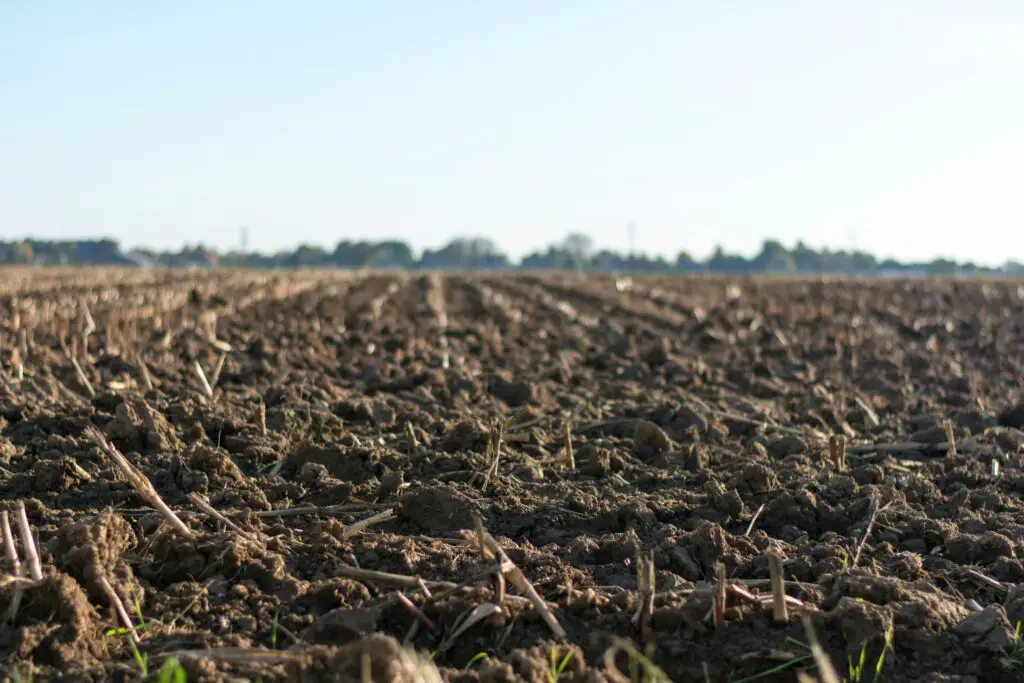1. Start with the Right Grass Seed

Choosing the right type of grass seed for your climate is the first step in growing a lush lawn quickly. Experts recommend using a grass variety suited to your region’s temperature and moisture levels. Cool-season grasses, like fescue or ryegrass, thrive in colder climates, while warm-season grasses like Bermuda or zoysia are ideal for hotter areas.
2. Prepare the Soil Properly

For fast grass growth, your soil needs to be loose and well-aerated. Experts suggest using a rake or garden fork to loosen compacted soil before seeding. This allows the roots to penetrate deeper and access nutrients more effectively. If your soil is heavy clay or overly sandy, consider adding soil amendments like compost or sand to improve texture and drainage.
3. Aerate Your Lawn

Aerating your lawn allows air, water, and nutrients to reach grass roots more easily. Experts recommend aerating the soil before seeding, particularly in areas with compacted ground. A manual or motorized aerator can make small holes in the soil to help the grass grow faster by improving root development.
4. Seed at the Right Time

Timing is key when growing grass fast. According to experts, the best time to seed is during early spring or early fall, depending on the type of grass. This gives the grass a chance to establish itself before the extreme summer or winter weather sets in. Seeding in the right season maximizes the chances for rapid growth.
5. Ensure Even Seed Distribution

One of the biggest mistakes people make is unevenly distributing grass seed. For the fastest results, use a broadcast spreader to ensure the seed is spread evenly across the lawn. This prevents bare patches and ensures that every part of your lawn receives the right amount of seed for optimal growth.
6. Water Consistently

Watering your grass correctly is crucial for encouraging fast growth. Experts recommend watering lightly but frequently, especially during the germination phase. This keeps the soil consistently moist, but not soggy, which helps the seeds to sprout quickly. Once the grass establishes itself, you can reduce watering frequency but increase the depth of watering.
7. Use a Starter Fertilizer

Fertilizing your lawn with a starter fertilizer high in phosphorus can significantly boost grass growth. Experts recommend applying a balanced fertilizer when you seed your lawn to encourage strong root development and a healthy start. However, be cautious not to over-fertilize, as this can burn the young grass.
8. Cover with a Thin Layer of Mulch or Straw

To keep seeds from washing away and to retain moisture, experts advise covering your newly seeded lawn with a thin layer of mulch or straw. This helps maintain an ideal environment for seed germination, protecting them from wind, birds, and even the sun’s heat.
9. Keep the Soil Warm

Grass seed needs warmth to germinate quickly. Experts suggest maintaining a soil temperature of around 65-70°F for the fastest results. If temperatures are too cold, grass seeds may take longer to sprout, while too much heat can dry them out. Using a seed blanket or turf cover can help regulate soil temperature.
10. Minimize Foot Traffic

Once you’ve seeded your lawn, minimize foot traffic to prevent disturbing the soil and seed. Experts recommend keeping pets and people off the lawn during the germination process. This gives the seeds the best chance to take root and grow without being compacted or dislodged.
11. Mow at the Right Time

While it might seem counterintuitive, mowing your lawn too soon can stunt grass growth. According to experts, wait until your grass has grown to about 3-4 inches before mowing for the first time. Keep the mower blade high to avoid cutting too much of the grass and damaging the tender blades. Mowing too early can also prevent the grass from developing strong roots.
12. Reseed Bare Patches

Even with careful attention, some areas of your lawn might not take to the grass seed. If you notice any bare patches, experts recommend reseeding those areas right away. This ensures that your entire lawn grows evenly and looks lush. Consider aerating those spots before reseeding for even faster results.
By following these 12 expert-backed tips, you can grow a beautiful, thick lawn faster than you ever thought possible. Whether you’re starting a new lawn or reviving a tired one, these strategies will help your grass establish strong roots and flourish with minimal effort.
